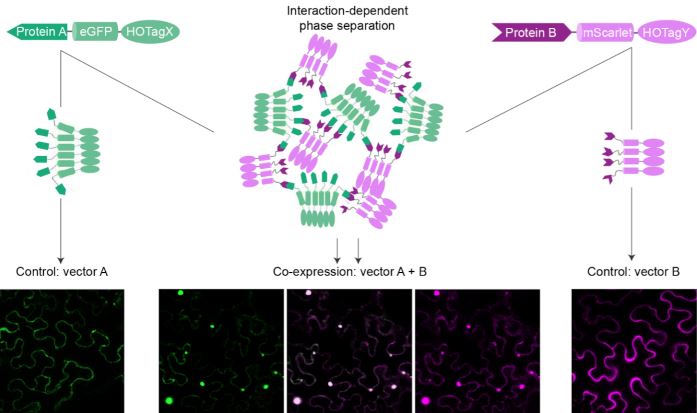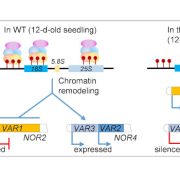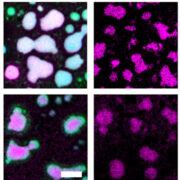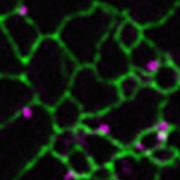SYMPL sparks sensor development
Safi & Smagghe et al. explore liquid–liquid phase separation for developing fluorescent sensors of protein interaction and kinase activity in plants.
https://doi.org/10.1093/plcell/koad188
By Wouter Smagghe1,2, Alaeddine Safi1,2 , Jelle van Leene1,2 and Steffen Vanneste3
1Department of Plant Biotechnology and Bioinformatics, Ghent University, 9052 Ghent, Belgium.
2 Center for Plant Systems Biology, VIB, 9052 Ghent, Belgium.
3Department of Plants and Crops, Ghent University, 9000 Ghent, Belgium.
Background: The activity of a protein is in many cases heavily influenced by its interactions with other proteins and by regulatory modifications. Phosphorylation is an important modification that can activate or deactivate the protein by altering its shape and its ability to interact with other proteins. Such modifications and interactions are continuously changing, making it difficult to track at the level of individual cells or even tissues. Liquid–liquid phase separation is a physical phenomenon that visually resembles the formation of droplets of oil in water. This phenomenon can occur between two components that have more than one interaction interface, referred to as multivalent interaction.
Question: Can we exploit the principles of liquid–liquid phase separation to develop fluorescent sensors of protein–protein interactions and kinase activity in plants?
Findings: We developed a vector set for SYnthetic Multivalency in Plants (SYMPL) based on tags containing self-interacting peptides. The additional self-interaction interfaces created by these tags is sufficient to induce liquid–liquid phase separation between two interacting proteins or protein domains. Consequently, bright fluorescent droplets are formed in the cell. We applied SYMPL to detect different types of protein interactions in plant cells, both in the cytoplasm and in the nucleus. We also used SYMPL to make a reporter to monitor when and where the SNF1- RELATED KINASE 1 (SnRK1) is active in Arabidopsis plants as they grow.

Next steps: The simple design principles and robust readout of SYMPL-based sensors provide a user-friendly and powerful approach to explore and decode the complex and dynamic protein interactions and regulatory modifications that underpin cellular functions in a growing plant.
Reference:
Alaeddine Safi, Wouter Smagghe, Amanda Gonçalves, Qing Wang, Ke Xu, Ana Ibis Fernandez, Benjamin Cappe, Franck B. Riquet, Evelien Mylle, Dominique Eeckhout, Nancy De Winne, Eveline Van De Slijke, Freya Persyn, Geert Persiau, Daniël Van Damme, Danny Geelen, Geert De Jaeger, Tom Beeckman, Jelle Van Leene, and Steffen Vanneste. (2023). Phase separation-based visualization of protein–protein interactions and kinase activities in plants https://doi.org/10.1093/plcell/koad188





